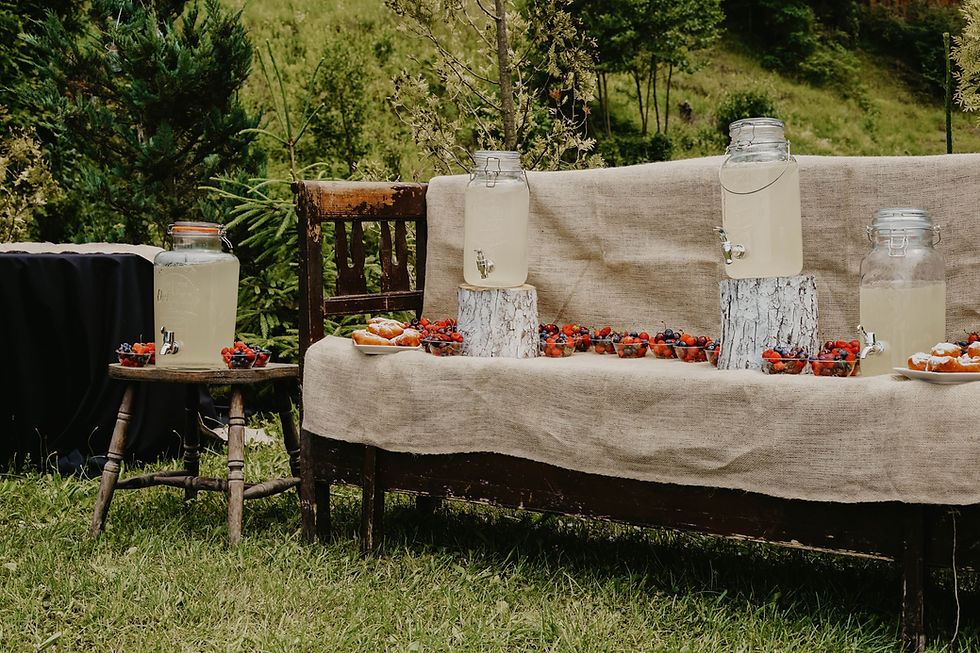Simply put, it is the oldest and most sustainable fabric in the world!
While the evidence is sparse from prehistoric times, it appears that Neolithic peoples in Europe were making textiles from linen as long as 36,000 years ago! Ancient Egyptians even wrapped their mummies in Linen!

Versatility and effortless style of Linen
Linen is super versatile and derives from the Flax plant. Flax can grow in areas with poor soil conditions that may not be suitable for other crops. It requires little irrigation, with rainwater often enough to grow a sustainable crop. It is also much hardier than traditional cotton crops too and requires less pesticides and fertilisers to grow.
Linen takes around 100 days to grow before being harvested whereas cotton takes around 150-180 days. In contrast to linen, cotton crops are highly sensitive to variable weather conditions and it is thought that climate change is threatening global cotton production due to temperature extremes, drought stress and irregular rainfall patterns. As an important cash crop, various studies are available that discuss the impact of climate change on cotton. Linen is much less susceptible to these unpredictable extremes due to its increased hardiness.

Storm over harvest
It is important to note that cotton typically takes around 20,000 litres of water to produce 1kg of product (which is equivalent to one single t-shirt according to the World Wide Fund for Nature) Cotton is also grown in warmer climates such as India and requires typically more intensive irrigation from local watercourses due to their low rainfall. This irrigation in times of water shortage can reduce water availability to local communities. In 2015, the Guardian Newspaper produced an article which stated “The water consumed to grow India’s cotton exports in 2013 would be enough to supply 85% of the country’s 1.24 billion people with 100 litres of water every day for a year. Meanwhile, more than 100 million people in India do not have access to safe water”

Sprinkler irrigation system of cotton crop in India
In contrast, Flax is predominantly grown in France, Belgium and Netherlands which have wetter climates and do not place a strain on the natural resources available to local communities.
Important Linen facts:
It is the ultimate sustainable product with every part of the plant being used, with the linseed from the flax crop being used to produce the next crop, feed people and animals and the oil can be extracted and used in cosmetics and paint.
Linen starts to biodegrade in as little as a few weeks in the right conditions
It is naturally antiseptic and has been used in times gone by in bandages to help wounds heal more quickly.
Linen is naturally anti-bacterial and acts as a natural anti-viral, anti-microbial and anti-fungal agent.
Linen is naturally hypoallergenic and suitable for people with allergies or sensitive skin.
Linen is also great at acting like a natural thermostat and is great for keeping you cool, or warm, depending on the temperature.
It is also an excellent absorption material and great for allowing skin to breathe whilst wicking away any excess moisture.
Fabrics derived from flax are also known to be three times stronger than cotton.

Flax crop
And finally, according to the European Confederation of Linen and Hemp (CELC)
Every year, flax-growing in Europe captures 250,000 tonnes of CO2 – saving emissions equivalent to driving a Renault Clio round the world 62,000 times.
Buying a linen shirt instead of cotton will save thirteen 1.5 litre bottles of water.
If all French people tomorrow bought a linen shirt instead of a cotton one, it would save the equivalent of all Paris’s drinking water for a year.
Across its lifecycle, a linen shirt uses 6.4 litres of water compared with 26 litres for a cotton shirt
Flax also presents a lower toxic risk for aquatic systems than cotton.



Comments